There are various approaches to creating a negative supply rail from only a positive one. Typically this will involve some form of DC-DC converter.
One option would be to use an isolated DC-DC converter module with the positive output connected to GND, resulting in a negative supply rail.
There are also non-isolated DC-DC converters capable of generating a negative supply rail from a positive one - known as "inverting DC/DC converters".
For an inductorless approach, typically for low current applications, charge pumps can also be used to invert the supply voltage, though the negative supply generated will be lower magnitude than the input supply (e.g., you might get -4 V from a +5 V supply, but are unlikely to be able to get a -5 V from a +5 V supply), so you may need a supply of say more than 6 V for this to work.
These are all switching power supplies, so they will inherently generate more noise than a linear supply. For noise sensitive applications, it's usually advisable to generate a voltage a few hundred mV higher than required, and then follow up with a low noise LDO (low-drop-out) linear regulator to reduce noise levels.
